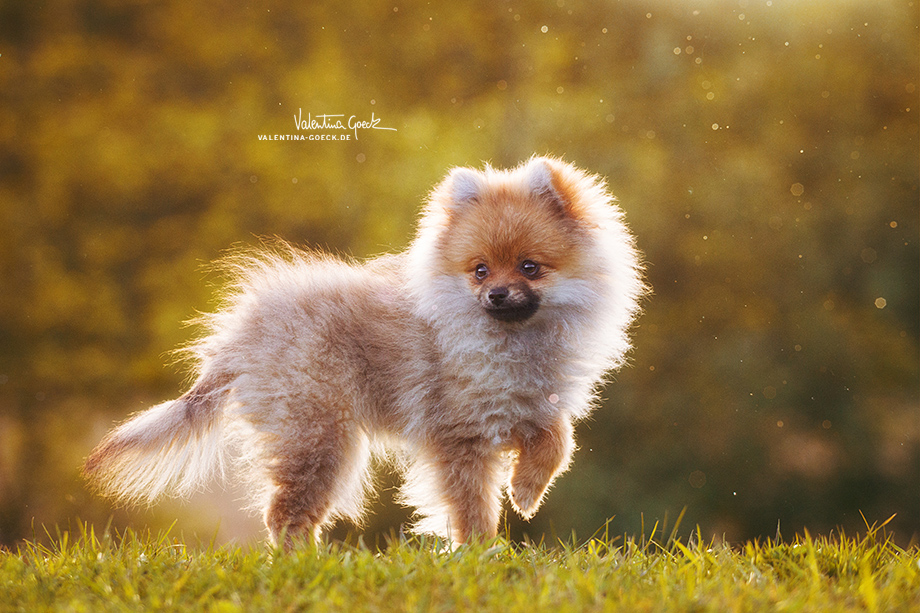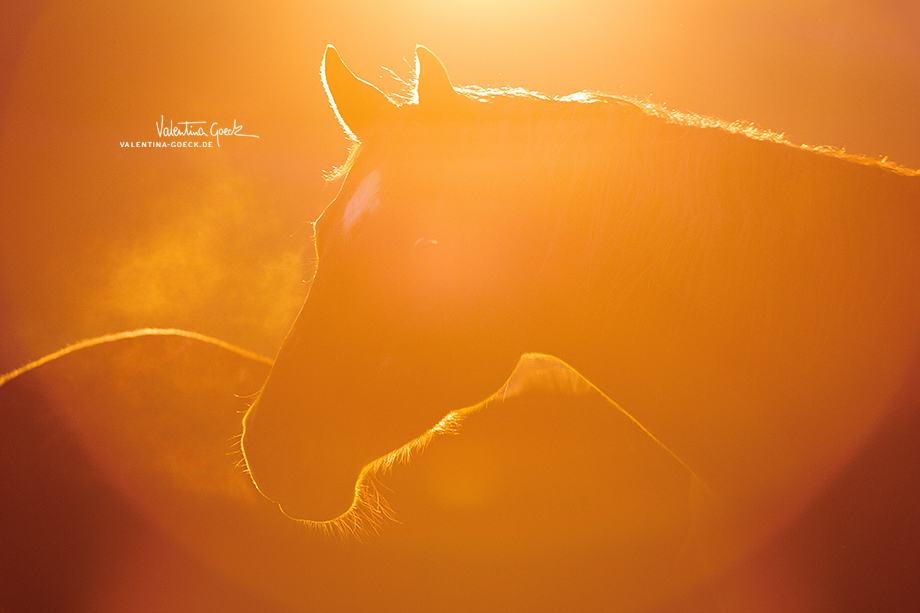
Photo tips: light and weather – harnessing natural moods
Part 1: bright prospects for taking good animal photos.
Seeing as it the nature of being an animal photographer means you work mostly in the great outdoors, Valentina Goeck not only knows her way around flora and fauna, but also knows how to ideally capitalise on different light and weather conditions for her photography. For us, that makes her a valuable person to turn to for photo tips to do with the ‘Animals and Nature’ category of the E1|R1 photo awards. It brings us great joy that Valentina was willing to share her experiences with us in a photo tip series:
My first photo tip series should deal with the theme of light. What mood do I want to conjure up? When should I take photos? How should I position myself? The topic of light is undoubtedly one of the most important aspects of photography. I’ll show you exactly how diversely it can be harnessed for portrait photography and what effect light and weather can have on the mood of a piece, through several examples. Since I mainly photograph animals, I draw examples from photos of animals, but all the tips can be applied to portraits of people.
Shooting with the sun behind you
One photography maxim goes something like this – “you can’t take a bad photo when you have the sun behind you.” This is a pretty safe rule to follow in most cases. The camera copes well with these lighting conditions, the subject matter is clearly distinguishable and highlights will be particularly well brought out. These lighting conditions make for good objective photos and as a result are frequently used to show something for what it is. ‘Having the sun behind you’ at the same time also means that the sun should be as low in the sky as possible, so in the morning or evening hours, to stop any harsh shadows falling on the subject. The brilliant radiance shining on the black coat of Aj Jina, the Arabian mare, really brings out her musculature.
Shooting against the light
As far as the times of day are concerned, the same applies to shooting against the light as to shooting with the sun behind you – backlit photographs are their most beautiful just after the sun rises or just before it sets. You can also try out both techniques directly after one another, if you switch to and from each side of your subject. Backlighting is the type of lighting that is the most atmospheric. The subject itself fades somewhat into the background and lets the warm colours of the entire photo work their magic. Glowing contours arise around the subject, that glow even more the smoother the transition is. In my example of the Bonnie, the Pomeranian puppy, the contours are radiating particularly softly because of her long, lightly coloured fur. Just like I do most of the time, I positioned myself in a way so that the sun isn’t shining head on, but rather from slightly to the side.
If you position yourself directly opposite the sun, the light shines straight onto the sensor of your camera and causes reflections in your photo. While this can be an intentional stylistic device, it pushes the subject even further into the background. Then you can barely make out the surface texture and colour of the subject and only the contours stay visible. This is particularly evident in the portrait of Daisy, a quarter horse mare, who is no longer clearly identifiable at all and all that remains is atmosphere and the semblance of a horse in it. Cameras often have problems with autofocus when using this method or when photographing dark animals. Using a lens hood or choosing a somewhat different angle in relation to the sun can help with this. Backlit photos often turn out matte from the camera, so you should play with contrast in post processing.
The next post will be about shadows, clouds and rain – and all about how the best photos often result from unpleasant weather.
About the author
Valentina Goeck has been fascinated with animals and depictions of animals since her childhood. Whether with a pencil or paint brush, or with a camera, her works always invoke feelings of empathy and light heartedness in the way she deals with her subject matter. Trained as an illustrator and graphic designer, she turned her passion into her career and has been successfully self-employed doing her animal photography for several years. She regularly tours the whole of Germany to photograph pieces commissioned by animal owners. However, she has even been invited to Iran, where she photographed a particularly magnificent horse. Her secondary area of activity to photography is drawing animal portraits. You can check out several of her impressive animal drawings and photos on her website at valentina-goeck.de.

